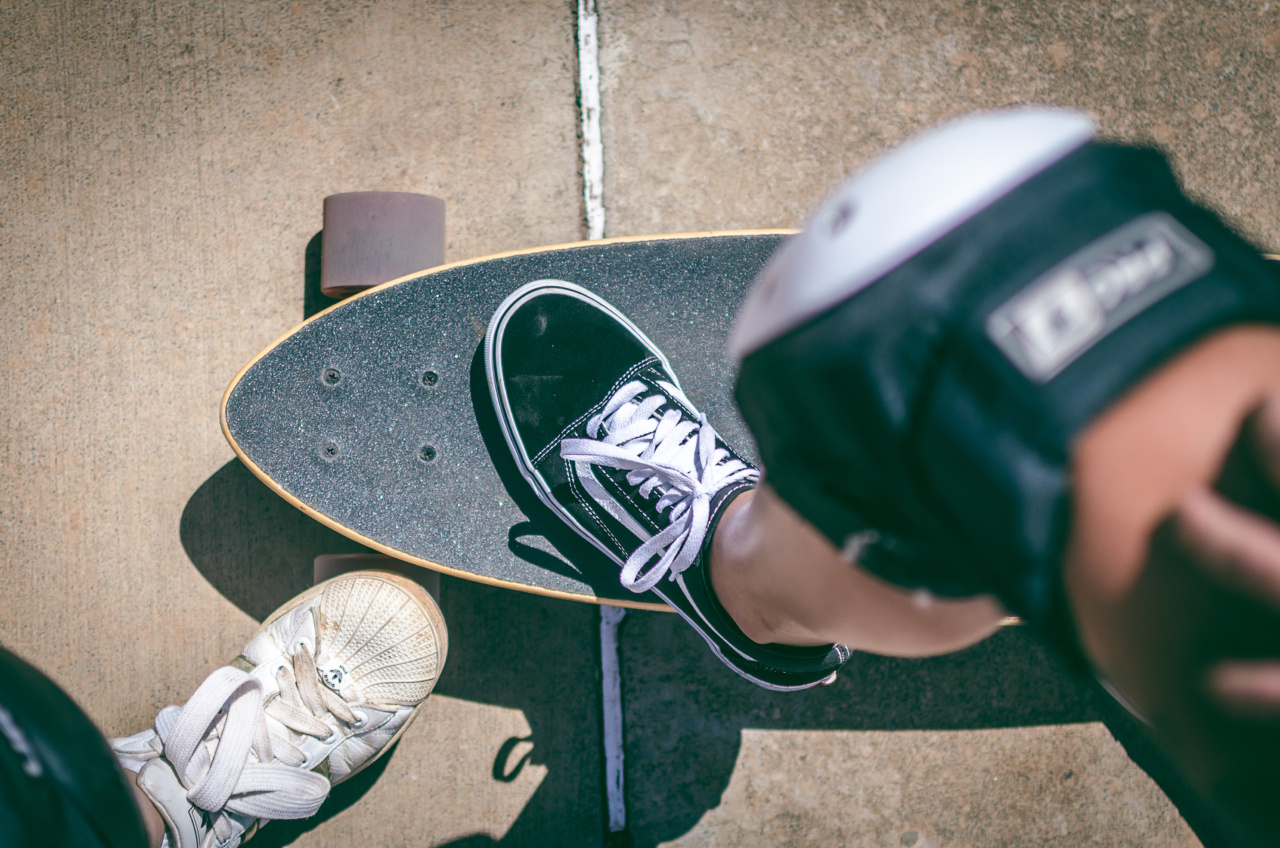Wear and tear on the knees can be a common issue for many individuals, particularly as they age or engage in activities that put stress on the joints.
However, there are several strategies that can help mitigate the risk of knee damage and reduce the impact of daily activities on this crucial joint. Whether you are an athlete looking to protect your knees during intense training or simply aiming to preserve joint health for a pain-free future, implementing these practices can make a significant difference.
Evaluate Your Footwear
Choosing the right footwear is crucial for reducing knee strain. Ill-fitting shoes and those lacking proper arch and heel support can lead to misalignment and increased pressure on the knees.
Consider investing in shoes specifically designed for your chosen activity, such as running shoes for jogging or hiking boots for outdoor treks. Furthermore, regularly replacing worn-out shoes can also ensure that they continue to offer adequate support and cushioning to protect your knees.
Warm Up and Stretch
Prior to engaging in any physical activity, it is important to warm up and stretch the muscles surrounding the knees. This helps to increase blood flow, improve flexibility, and prevent injury.
Incorporate dynamic warm-up exercises such as leg swings, knee hugs, or walking lunges to activate the muscles and prepare them for movement. Follow it up with static stretches, focusing on the quadriceps, hamstrings, and calf muscles to further enhance joint mobility and reduce strain.
Strengthen the Muscles Around the Knees
Building strength in the muscles that support the knees is crucial for their long-term health and stability. Strong quadriceps and hamstrings help absorb shock and reduce stress on the joints.
Include exercises such as squats, lunges, leg presses, and leg curls in your fitness routine to target these muscle groups. Additionally, exercises that engage the hip and core muscles can also contribute to improved knee function and stability.
Practice Low-Impact Exercises
High-impact activities like running or jumping can place significant stress on the knees. If you are prone to knee problems or simply wish to minimize wear and tear, incorporating low-impact exercises into your routine is highly beneficial.
Cycling, swimming, water aerobics, and using an elliptical machine are all excellent options that provide cardiovascular benefits without excessive pressure on the joints. By reducing impact, you can protect your knees while staying active.
Listen to Your Body
Paying attention to your body’s signals and responding appropriately is essential for preventing knee injuries.
If you experience pain or discomfort during exercise or daily activities, it is important to take a break and allow your knees to rest and recover. Ignoring the warning signs and pushing through the pain can exacerbate issues and potentially lead to more severe damage. Be mindful of how your knees feel and adjust your activities accordingly.
Maintain a Healthy Weight
Carrying excess weight places additional strain on the knees. For every pound of weight gained, the knees experience an extra four pounds of pressure while walking or running.
By maintaining a healthy weight, you can significantly reduce the stress on your knees and lower the risk of developing joint problems. Combine a balanced diet with regular exercise to achieve and maintain an optimal weight for your body.
Use Proper Technique
When engaging in physical activities, it is important to use the correct form and technique to minimize strain on the knees. Whether it is lifting weights, performing squats, or even walking, maintaining proper posture and alignment is crucial.
For instance, when squatting, ensure your knees are aligned with your toes and avoid letting them collapse inward. If you are uncertain about the correct technique, seek guidance from a knowledgeable trainer or instructor.
Protective Gear
For individuals participating in sports or activities with a higher risk of knee injury, using protective gear is advisable. Wearing knee pads, braces, or compression sleeves can provide additional support and absorb impact, reducing the risk of damage.
These protective measures are particularly important for athletes involved in contact sports or those prone to knee hyperextension. Choose gear that is well-fitted and appropriate for the specific activity you are engaging in.
Modify High-Impact Activities
If you enjoy high-impact activities but are concerned about the strain they may place on your knees, consider modifying them to reduce the impact.
For example, switching from running on concrete to running on softer surfaces like grass or trails can help absorb shock. Similarly, incorporating intervals of lower-impact exercises or alternating high-impact days with low-impact workouts can provide your knees with necessary recovery time.
Seek Professional Guidance
If you are experiencing chronic knee pain, have a history of knee injuries, or simply want personalized advice on preventing wear and tear, it is worth seeking guidance from a medical or fitness professional.
They can assess your specific situation and provide tailored recommendations to protect your knees. Whether it involves physical therapy, orthopedic consultation, or adjustments to your exercise routine, professional guidance can support your efforts towards optimal knee health.



























